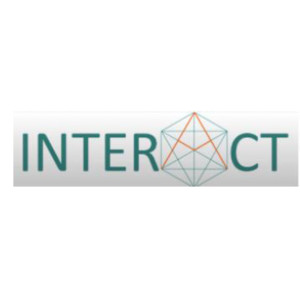 \
&
Contact us
\
&
Contact us
 \
&
Contact us
\
&
Contact us
Published on | 7 months ago
Programmes Digital, Industry & SpaceThe HORIZON-SESAR-2025 calls are part of the Horizon Europe programme, aimed at funding projects that strengthen the European Digital Sky.
Coordinated by the SESAR 3 Joint Undertaking, they drive the transformation of the Air Traffic Management (ATM) system through disruptive technologies, advanced automation, and environmental solutions.
These calls seek not only to improve the efficiency of Europe’s airspace but also to reduce aviation’s environmental footprint, optimise air navigation services, and ensure a safe transition towards future air mobility.
The HORIZON-SESAR-2025 calls target:
Transnational cooperation is prioritised to strengthen the European Research Area in air traffic management and innovative air mobility.
We offer news and event updates, covering all domains and topics of Horizon Europe, Digital Europe & EDF (and occasionally, for ongoing projects, Horizon 2020).
Stay informed about what matters to you.
By signing up, you can opt in for e-mail notifications and get access to
a personalised dashboard that groups all news updates and event announcements in your domain(s).
Only for stakeholders located in Flanders

Professor Inez Germeys leads the Center for Contextual Psychiatry at KU Leuven, which is a large multi-disciplinary research group focusing on the interaction between the person and the environment in the development of psychopathology. She has received a European Research Council (ERC) Consolidator grant (INTERACT) and Proof of Concept grant (IMPACT). With these grants professor Germeys and her team researched a new mobile self-management therapy for patients with a psychotic disorder. The Acceptance and Commitment Therapy in Daily Life (ACT-DL) was further developed for the clinical environment. In line with that the Horizon 2020 IMMERSE project aims to thoroughly evaluate strategies, processes, and outcomes of implementing a digital mobile mental health solution.